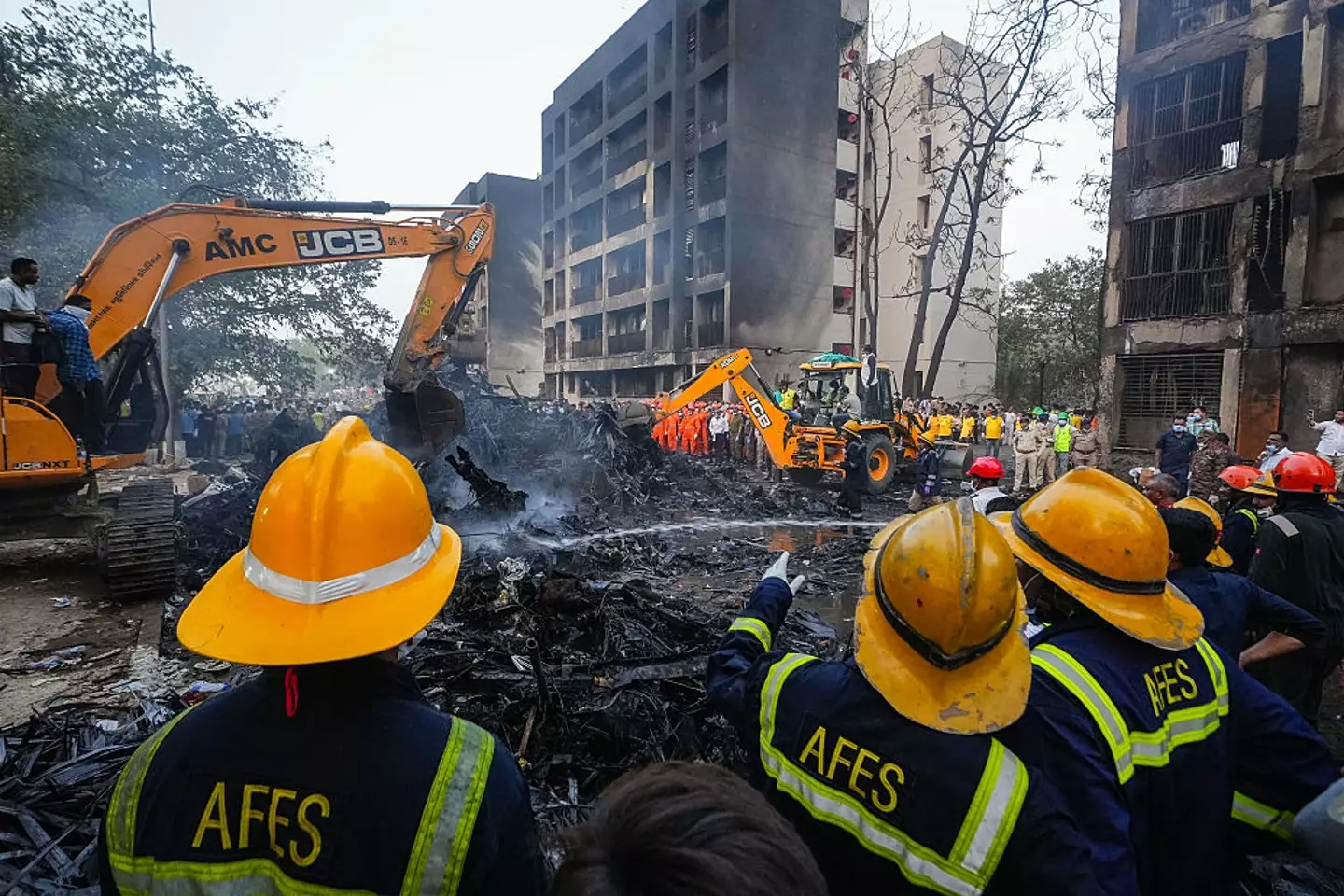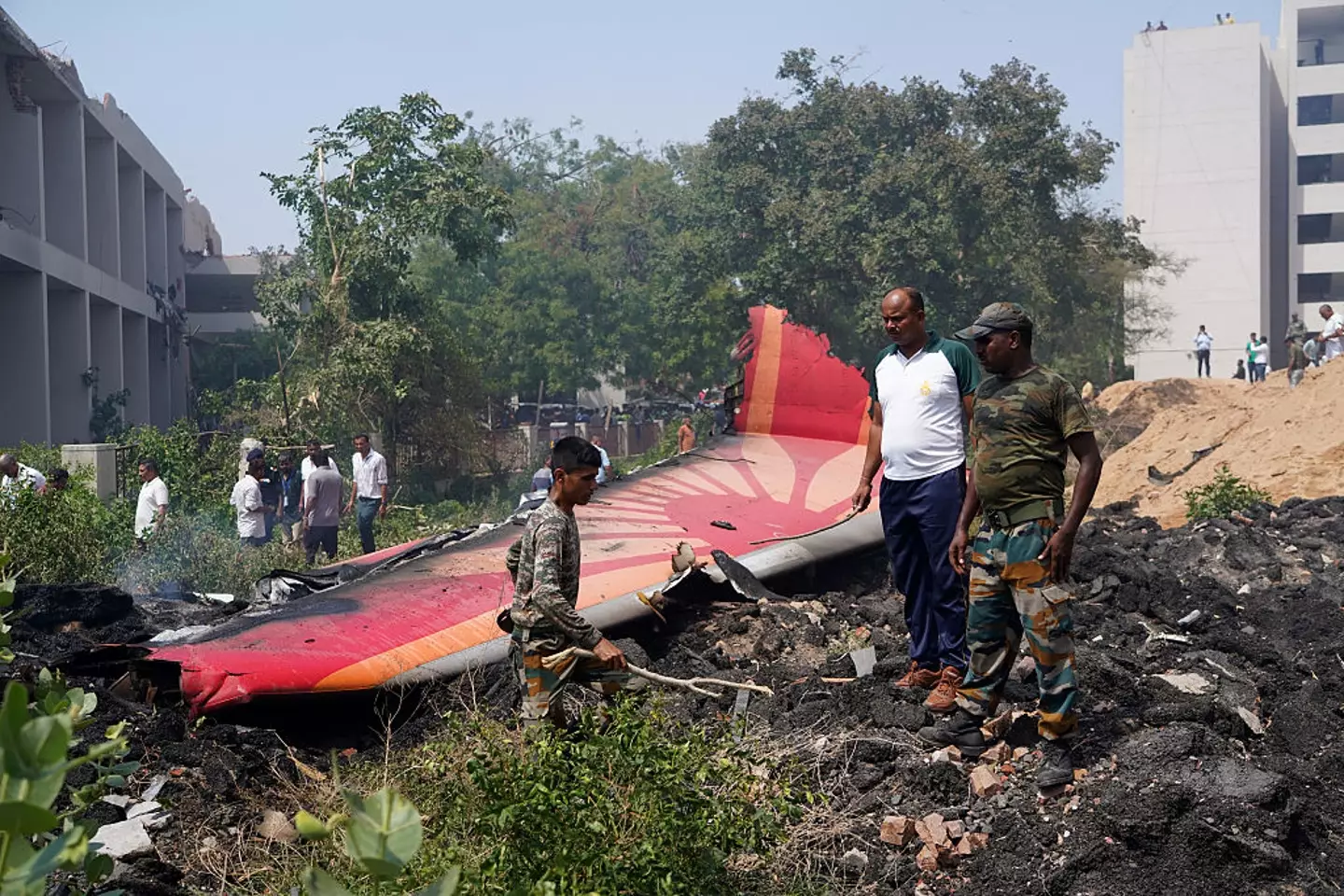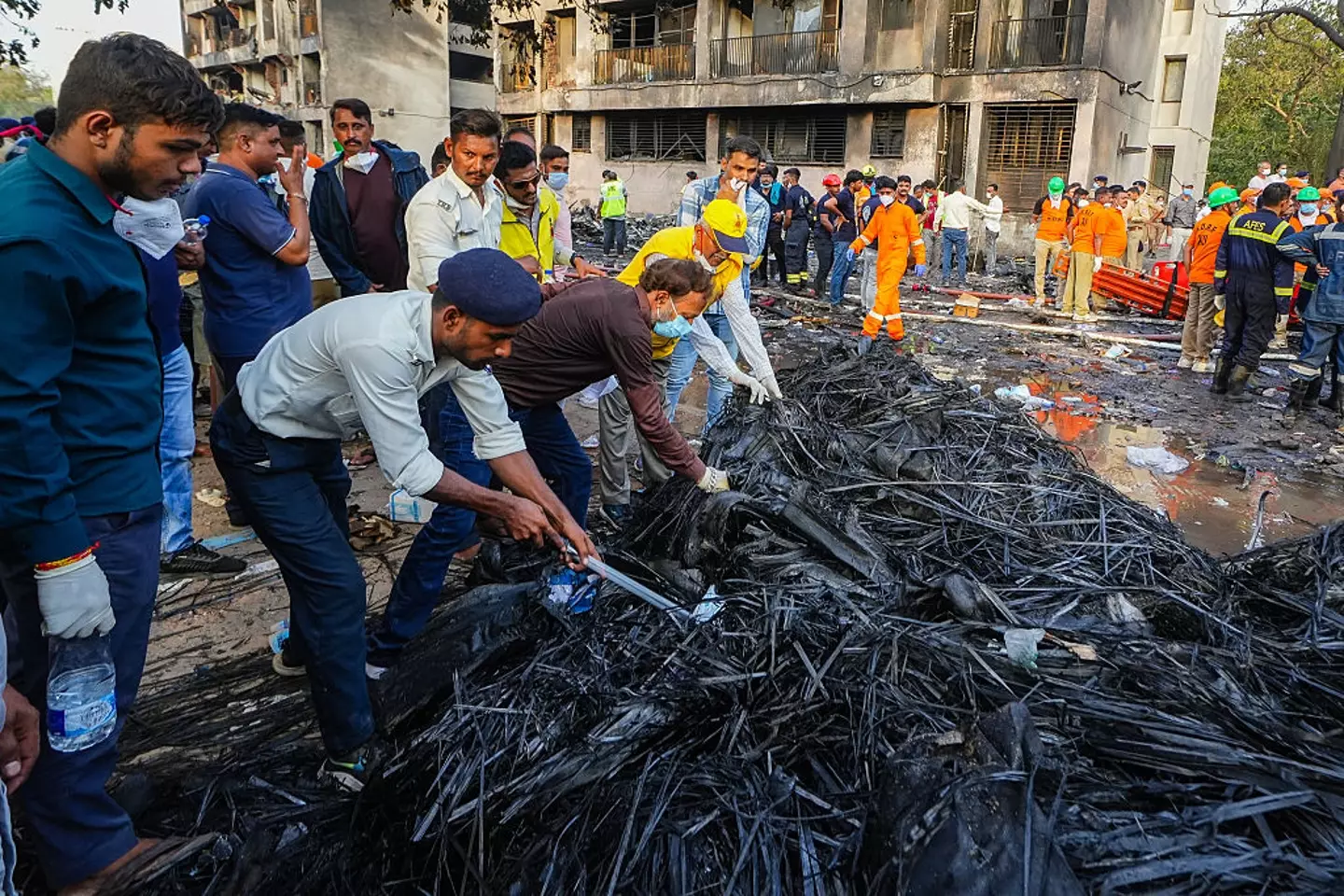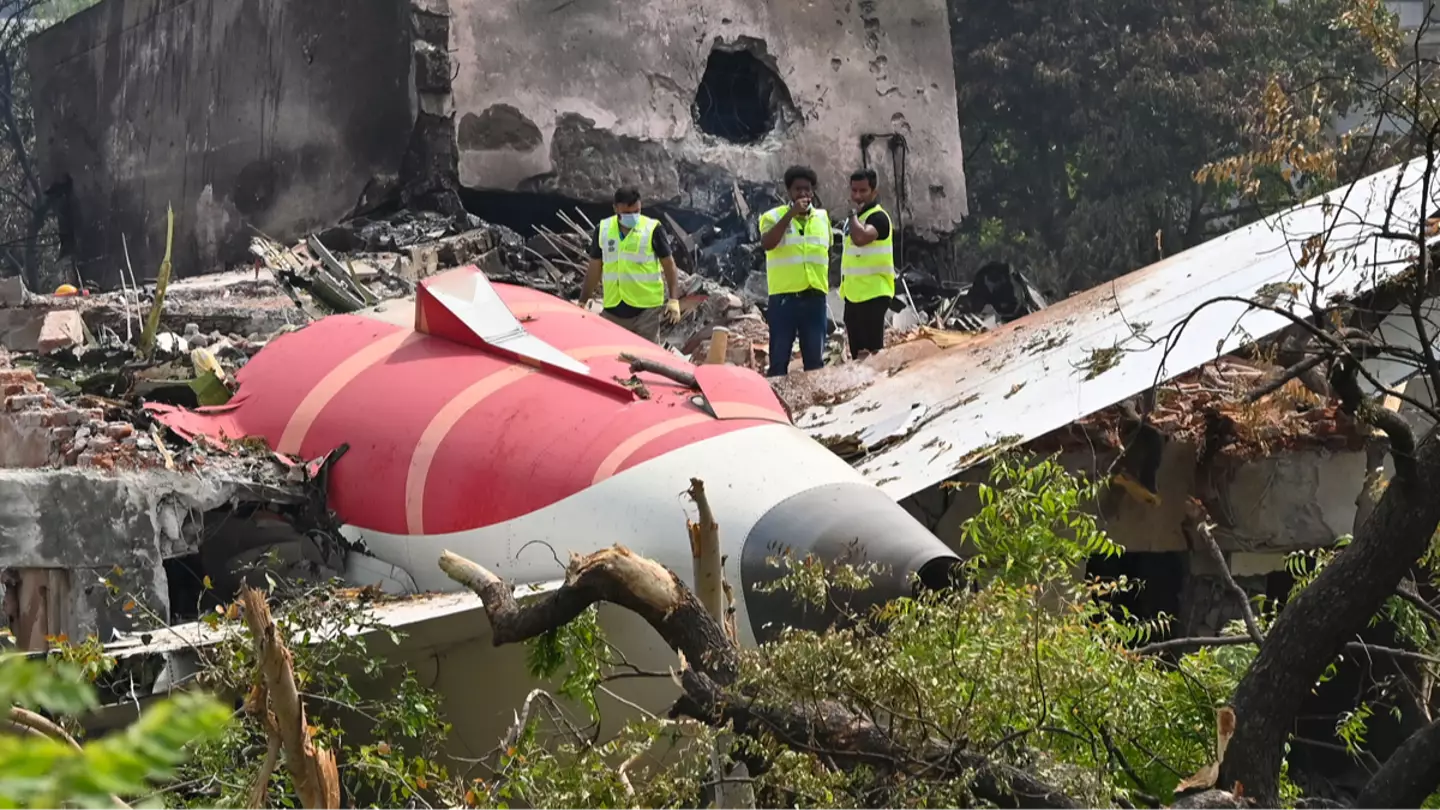A Navy veteran and airline pilot, known online as Captain Steeeve, has shed light on the reasons behind the delay in extracting data from the Air India Boeing 787 Dreamliner, which crashed on June 12.
The tragic incident claimed the lives of over 250 individuals shortly after the aircraft departed Ahmedabad airport in western India, en route to London, UK.
With 242 passengers on board, the plane struggled to gain altitude, remaining airborne for only about 30 seconds before crashing into a local neighborhood, resulting in all but one fatality.
India’s Aircraft Accident Investigation Bureau (AAIB) has launched an investigation, with former director general Aurobindo Handa emphasizing to Sky News the importance of black boxes, or data recorders, for understanding the crash.
Despite being two weeks past the incident, data from the recorders has yet to be released.

Known as Digital Flight Data Recorders (DFDR), these black boxes consist of two components vital for reconstructing the events of June 12.
The flight data recorder logs parameters such as altitude, airspeed, and control statuses.
The cockpit voice recorder captures the pilots’ conversations during the emergency.
Retrieving the black boxes from the Air India flight was complicated by the aircraft’s damage, but investigators have since recovered them for analysis.
Captain Steeeve detailed that damage to the black boxes has impeded data retrieval, stating: “If you got a flight data recorder that’s not damaged at all you can simply plug a cord into it hook it up to a laptop and retrieve the data. It gets much more complicated when they’re damaged.”
He explained, “And so clearly with these they couldn’t just plug into them and retrieve the data. So now you’ve got to get the box physically out of the airplane… And then you got to take that thing and you’ve got to get it someplace where somebody can interpret it.”
The black boxes are currently in Delhi, India, where various agencies are collaborating to analyze the data.

Captain Steeeve emphasized that black boxes are ‘completely sealed’, necessitating precise equipment to ‘cut into’ them without causing further harm.
“You have to have the right precision equipment to do that,” he noted, adding that this equipment must be sent to Delhi.
After data is extracted from the black boxes’ motherboards, it needs to be inserted into a working recorder, a meticulous process to prevent data loss, Captain Steeeve explained.
Once data is accessible, investigators must interpret it, a challenge compounded by the brief duration the plane was airborne.
Captain Steeeve remarked, “Since [issues] happened so close to one another it’s almost like a tangled ball of yarn. It can be straightened out, it can be undone but it’s much more complicated than a long string of yarn that has a couple of knots in it…”
He continued, “That’s why it’s taken so long up to this point and it may take much longer for them to do it and to do it properly. If I’m leading that investigation I want to make sure that we get the proper answers, the correct answers, before we go to the public.”

In ongoing investigations, India’s aviation minister has indicated that potential sabotage is being considered as a factor, beyond an accidental malfunction.
Murlidhar Mohol, the minister of state for civil aviation, stated: “It was an unfortunate incident. The AAIB has begun a full investigation into it… It is being probed from all angles, including any possible sabotage.”
He added, “The CCTV footage are being reviewed and all angles are being assessed… several agencies are working on it.”
Mohol described the circumstances as ‘rare’, highlighting that simultaneous engine failures are unprecedented.
“Once the (probe) report comes, we will be able to ascertain if it was an engine problem or fuel supply issue or why both the engines had stopped functioning,” he explained.
On Sunday, June 29, India’s civil aviation ministry confirmed that a team led by India’s AAIB, with assistance from the U.S. National Transport Safety Board, is examining the data.
The ministry stated: “These efforts aim to reconstruct the sequence of events leading to the accident and identify contributing factors to enhance aviation safety and prevent future occurrences.”
Mohol indicated that a report would be published within three months.

